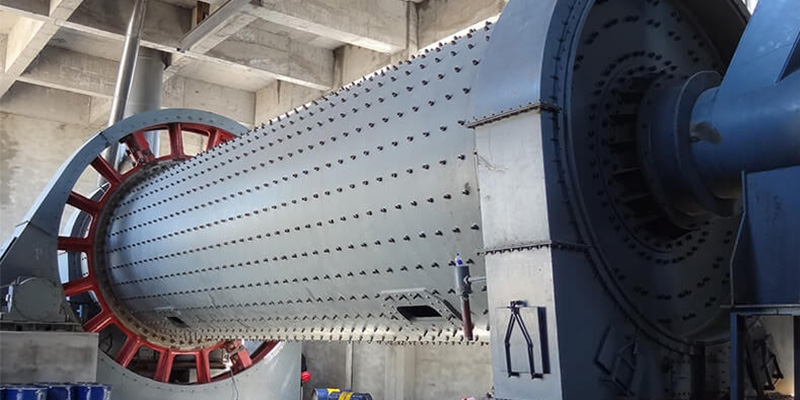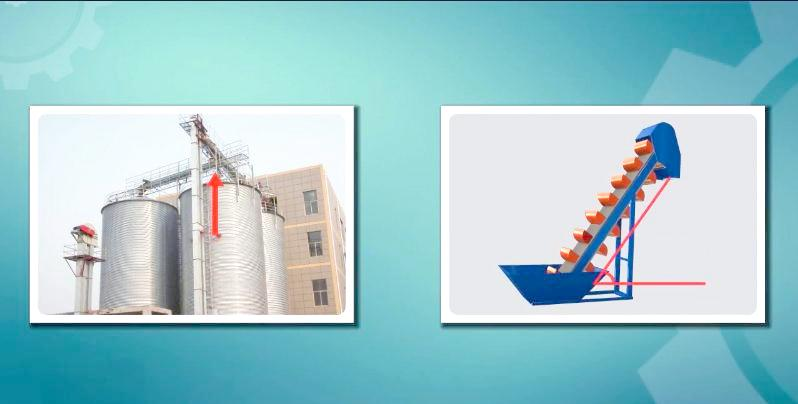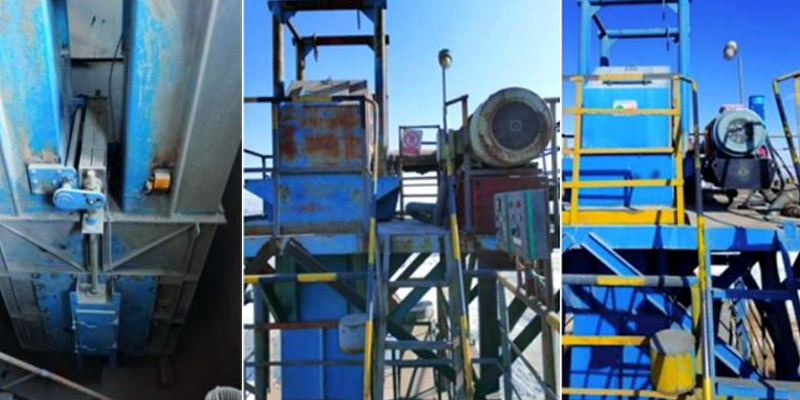Ball Mill: An Overview
The ball mill is key equipment for grinding materials after they are crushed. It is widely used in the production of cement, refractory materials, glass, ceramics, various ores, and other grindable materials. Within Traditional Chinese Medicine (TCM) processing, it has a long history of application, particularly in pulverizing valuable ingredients. It is suitable for crushing crystalline and brittle medicinal materials, as well as non-fibrous herbs, and can also be used for the grinding and mixing of sterile pharmaceutical substances.
01 Working Principle of Ball Mills
A ball mill primarily consists of a feeding section, a discharging section, a rotating section, and a transmission section (including a reducer, a small transmission gear, a motor, and electrical controls). The operational process is as follows:
-
First, operators load the material to be ground along with the grinding media into the cylinder of the mill.
-
Next, they start the mill, causing the transmission components to drive the cylinder in a low-speed rotation around its horizontal axis.
-
Then, as the cylinder rotates, the combined actions of gravity and centrifugal force induce movement in the grinding media and material. The grinding media impacts the material, generating strong grinding and shear forces that achieve pulverization and refinement.
-
Finally, the ground material discharges through the outlet, thus completing the entire grinding process.
[Insert: Animated diagram illustrating ball mill operation]
02 Classification of Ball Mills
Different types of ball mills possess unique characteristics and application ranges. Correctly selecting the type of ball mill is crucial for enhancing production efficiency and reducing energy consumption and costs.
(1) Batch Ball Mill
A batch ball mill is equipment commonly used for grinding materials. It operates by loading materials and grinding balls into a rotating cylinder for pulverization and mixing. This model offers simple operation without the need for complex control systems, making it suitable for small-batch production and laboratory research. Its key characteristics include a relatively small processing capacity, which suits small material batches, yet it delivers excellent grinding results, allowing for better control over material fineness. Consequently, it is appropriate for materials requiring high fineness. However, due to its operational nature, the batch ball mill may exhibit relatively lower work efficiency.
(2) Continuous Ball Mill
A continuous ball mill operates in a continuous mode. It typically comprises a rotating cylinder and a grinding chamber filled with grinding balls. Material feeds continuously into the mill through the inlet and discharges from the outlet after grinding. This model features high processing capacity, making it suitable for large-scale production and industrial applications. Furthermore, it offers relatively short grinding times and enables high-efficiency grinding. Operators can precisely control various parameters during the process, such as material feed rate, grinding ball size, and grinding duration, to achieve the desired results. It is important to note, however, that the continuous ball mill involves higher equipment complexity, making its operation and maintenance relatively more complicated. Additionally, its initial investment and operating costs can be significant. Therefore, selecting a ball mill type requires comprehensive consideration of production needs, material properties, and economic factors.

03 Pharmaceutical Ball Mills
Ball mills primarily rely on the impact force generated between the liner and the grinding media to pulverize materials. They offer advantages such as simple structure, high size reduction ratio, strong mechanical reliability, mature technology, and high adaptability. However, ball mills impose high requirements on liner materials, which must withstand the impact from both the material and the grinding media.
In pharmaceutical grinding, the milling chamber must not introduce any secondary impurities during the process. Therefore, manufacturers typically line the chamber with materials like stainless steel, polyurethane, ceramics, alumina, or even zirconia. They strictly avoid using ordinary iron-based materials because tannins, glycosides, and other substances present in medicinal compounds can react with iron, forming tannate salts. This reaction reduces the drug’s efficacy. More seriously, it might alter the drug’s properties, potentially leading to worsened patient conditions instead of the intended therapeutic effect.
04 Factors Influencing Ball Mill Performance
(1) Milling Method
Various types of ball mills exist in both industrial production and laboratory settings, each with different load capacities. For instance, vibration ball mills can utilize higher vibration frequencies (i.e., higher milling energy) for powder processing, but due to their limited capacity, they often suit the trial production of small, high-purity samples. Conversely, agitator ball mills are common in large-scale industrial production where powder purity requirements are less stringent. Planetary ball mills offer performance intermediate between these two types.
(2) Rotation Speed
The maximum achievable rotation speed in ball milling is limited. Increasing the speed raises the kinetic energy of the grinding balls; however, once the speed surpasses a critical value, centrifugal force causes the balls to adhere to the inner wall of the jar. This adherence prevents inter-ball collisions, eliminating any impactful force on the powder. Therefore, to achieve the highest milling energy, operators should set the maximum speed just below this critical value. This allows the balls to cascade from their maximum height, resulting in violent collisions between the balls themselves and against the jar wall, thereby generating maximum impact energy.
Another factor limiting the maximum speed is the sharp temperature rise inside the milling jar under high-speed or high-intensity conditions. This temperature increase can lead to chemical degradation of the drug, alterations in its physical properties, reduced stability, decreased bioavailability, and compromised safety.
(3) Milling Time
Milling time is one of the most critical parameters in the process. Its duration directly affects the drug particle’s size, crystal form, uniformity, activity, and ultimately, its pharmaceutical efficacy.
(4) Grinding Media: Size, Weight, Hardness, Size Distribution, and Fill Ratio
The size of the grinding media directly influences the grinding effectiveness and efficiency. Generally, using smaller diameter media increases their number, thereby expanding the effective grinding zone between them. The grinding media diameter should typically be 4–9 times larger than the drug particles being ground, and possess appropriate weight and hardness.
The size distribution of the grinding media within the cylinder also affects grinding efficiency. Operators usually determine the optimal ratio of grinding ball diameters based on the feed particle size, its distribution, and practical experience.
Increasing the fill ratio of the grinding media can boost processing capacity and output, but not excessively. A higher fill ratio increases the number of balls in the inner layers, which contribute less effectively to grinding. Moreover, excessive balls can pile up at the impact zones, cushioning the collisions and reducing the impact force. This leads to decreased output and grinding efficiency, while increasing specific energy consumption. Typically, the grinding media should occupy 25%–45% of the mill cylinder’s effective volume. For wet grinding, the limit is often around 40%.
(5) Ball-to-Powder Ratio
The weight ratio of grinding balls to the drug substance is a significant parameter in ball milling. Additionally, the drug quantity should not exceed 50% of the total jar volume to enhance grinding efficiency.
(6) Milling Atmosphere
During ball milling, the chemical stability, biological activity, and physical properties of a drug may change depending on the prevailing atmosphere inside the milling chamber.
05 Summary
Ball mills play a vital role in pharmaceutical pulverization. Their working principle and classifications determine their suitability across different production scenarios. For pharmaceutical applications, selecting the appropriate liner material is particularly critical to avoid introducing impurities. Numerous factors in the ball milling process—such as the milling method, rotation speed, duration, grinding media parameters, ball-to-powder ratio, and atmosphere—significantly impact the grinding outcome and final drug quality. Rationally selecting and optimizing these parameters can enhance production efficiency, reduce energy consumption and costs, and simultaneously ensure the quality and safety of the pharmaceutical product.




